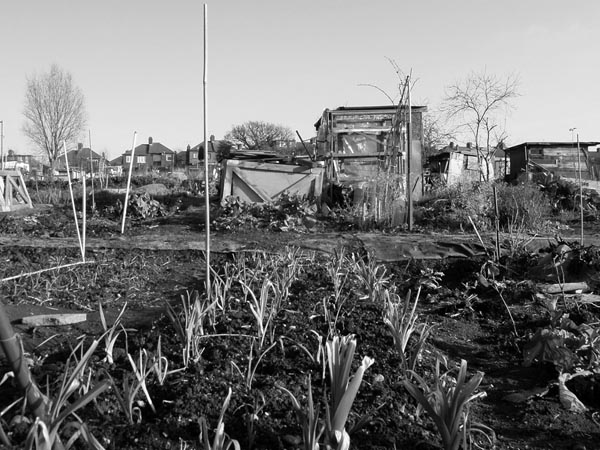News Focus: A tale of two allotments
WORKERS, JAN 2008 ISSUE
There has been a resurgence in the demand for allotments – particularly in urban areas. For many, this interest is fuelled by suspicions about food safety. We shouldn't exaggerate the recent popularity. In the late 1940s, in the wake of the wartime Dig for Victory campaign to combat food shortages, there were 1.4 million allotments – and even in the late 1970s there were still almost 500,000. There are now about 300,000 allotments in Britain.
But this total of 300,000 has remained steady for the past decade – despite the pressure for land to build houses. This is due to allotments becoming fashionable and in demand. In north London, for example, the allotment waiting list in Camden has stretched to 10 years and in parts of Haringey the lists are so long that they've been closed.

Photo: Workers Compare Britain with the situation in Cuba. In 1990, when the USSR collapsed, Cuba's supply of oil was stopped overnight and their main sugar market dried up. They were without fuel, plastics, fertilisers or materials. The US embargo meant that people were in serious danger of starving.
The Cubans realised that most food was consumed in the cities and, as they had limited transport, that was where it would have to be produced. The government gave unused city land to anyone who wanted to cultivate it. Development officials encouraged their efforts, and state shops supplied seed and tools. This was Cuba's own Dig for Victory Campaign and it has been hugely successful: city farming now produces 60 per cent of Cuba's vegetables.
"The secret is in the high productivity of small urban units," says Nelso Compagnioni of the Institute for Tropical Agriculture. "Every dollar of produce on a small plot costs 25 cents to produce: as soon as you increase the area you get higher costs – more workers, lower yields, more complex irrigation. And we have no need for transport: customers collect their food on the way home from work."
Cuba's alternative model of agriculture is science-based and small-scale. It is organic from necessity. Now 350,000 people work in vegetable growing in Havana alone – by the people, for the people.
Look out for the BBC's Around the World in 80 Gardens this January. Gardeners' World presenter Monty Don visited Cuba earlier this year and is bubbling with enthusiasm for Cuba's organiponicos.